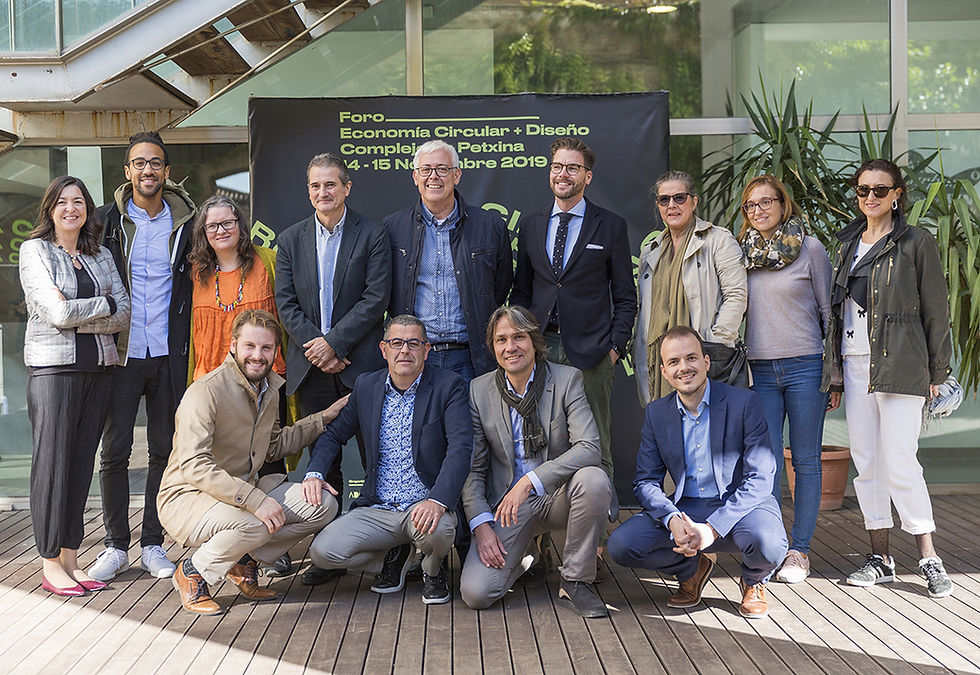The I Workshop on Circular Economy and Design, #ForoECD, organized by the Association of Designers from the Valencian Community with funding from the Valencian Agency of Innovation (AVI), has brought together international experts and a hundred agents involved in the evolution of the system - public sector, private and civil society - with the objective of reflecting on the contribution of design to the challenges posed by sustainability worldwide.

“We have to address these challenges with a strategic, broad and multidisciplinary approach. Another model is possible if we all work to build it. From the ADCV we are already working on a platform that collects and combines everything related to the circular economy of the Valencian Community to take advantage of synergies and accelerate the process, ”said Ángel Martínez, president of the ADCV, at #ForoECD.

Scientists and experts agree that the planet faces “in a clear and unequivocal way” to a climate emergency and that “we have 20 years, at most, to change the processes,” warned Jordi Morató, coordinator of the UNESCO Chair on Sustainability at the UPC.

Katie Beverley, director of research at the International Center for Design and Research Ecodesign Center at Cardiff Metropolitan University, has also participated in the Circular Economy and Design Forum. Other partipants were Marcel Den Hollander, PhD in Circular Product Design at Delft University of Technology; Roy Vercoulen, co-founder & CEO of Circular IQ, winner of the ‘European Supply Chain Start-up’; Marvin Henry, researcher in Circular Economy at the Copernicus Institute of Sustainable Development; Sara Arjmandnia, coordinator of Circular Economy Club, and Vasileios Rizos, researcher and director of Sustainable Resources and Circular Economy at the Center for European Policy Studies (CEPS).
These experts have concluded that design is the key factor to implement circular economy systems in companies. In addition to the products in which a circular design is applied they are more innovative and minimize their negative impacts on the environment and reinforce the positive ones, together with the fact that they reinforce the rest of the technical, economic, regulatory and operational requirements.
This is because design is present throughout the process and the life of the product, from its form, composition and raw materials, to how it will be produced, transported and marketed, its usefulness and functionality, its durability - breaking with the practices looking for obsolescence- and reuse, recovery or recycling options at the end of the useful life for which it was conceived. It is about producing and consuming more responsibly and efficiently, minimizing the use of raw materials and energy, in line with SDG 12 and the 2030 Agenda.
More Info: ADCV Website























































Comentários